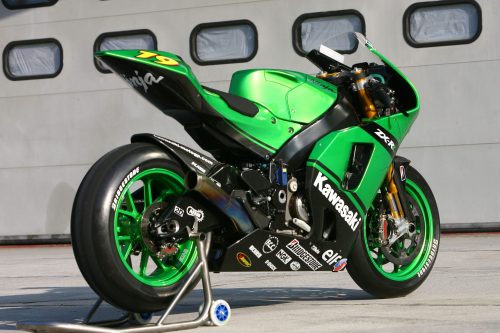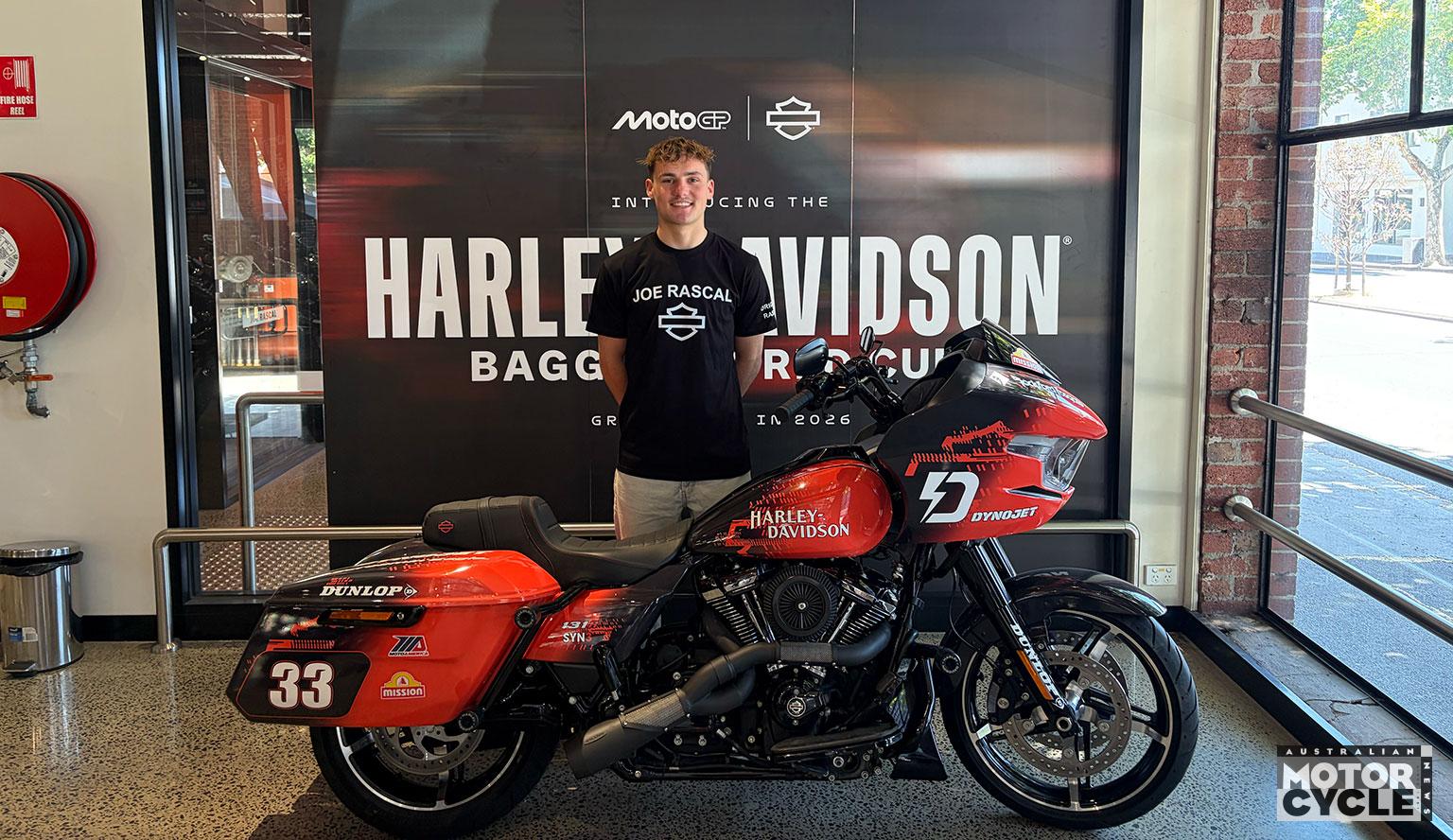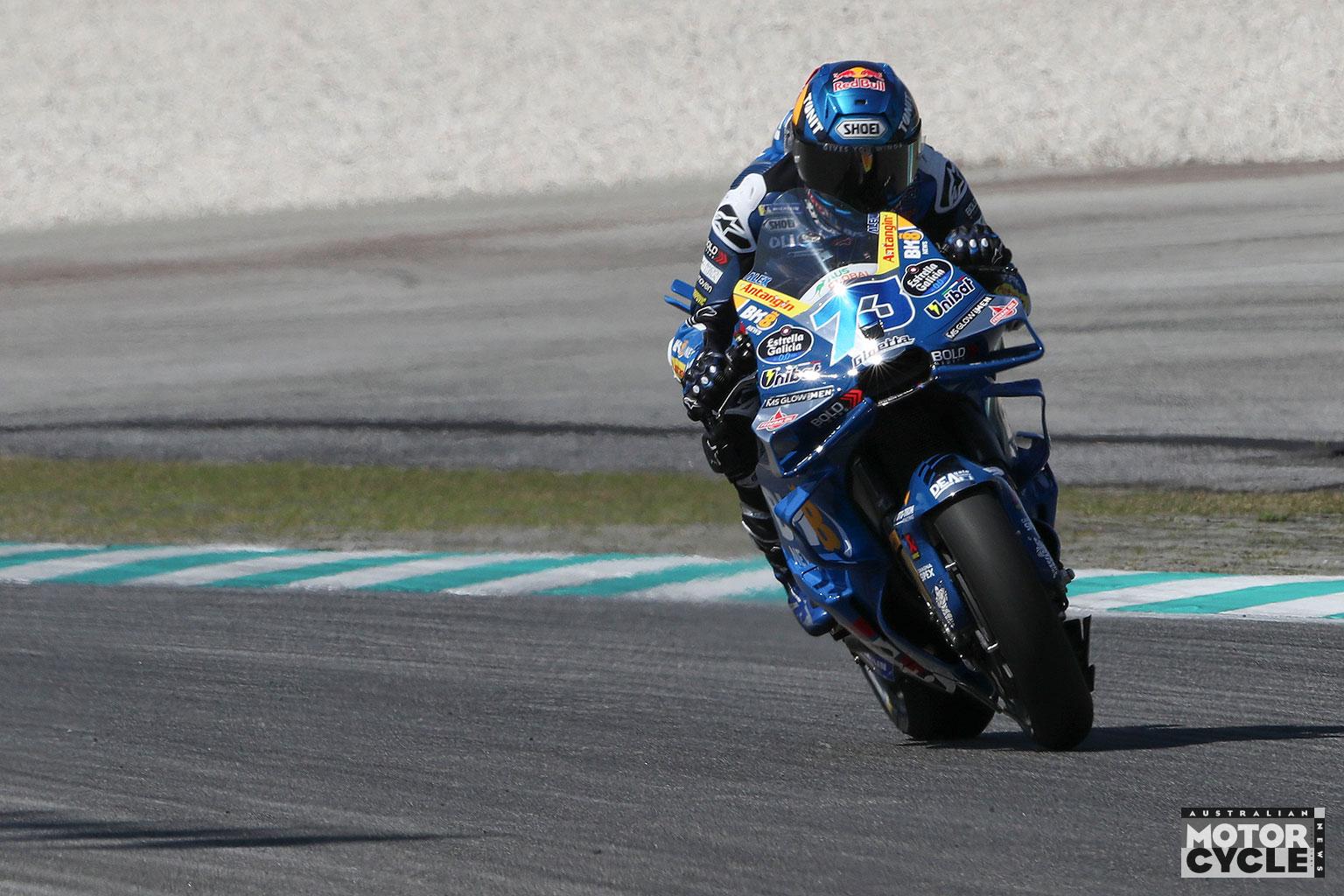The battle for MotoGP’s soul was triggered by events that took place on two days more than a decade ago. On 29 October 2006, the last MotoGP race was held before the tobacco sponsorship ban took effect, which robbed the sport of its richest form of income.
Then on 15 September 2008, American bank Lehman Brothers went bankrupt. This is usually accepted as the day the global financial crisis really began; and it hasn’t yet ended.

These two events were catastrophic for MotoGP. Tobacco money had kept the wheels turning for several decades: Marlboro, Camel, Gauloises, Rothmans, Chesterfield, Lucky Strike, Fortuna and the rest.
No other branch of business was prepared to spend anything like as much money on bike racing, because the tobacco industry was already banned from conventional advertising. The loss of big tobacco’s filthy lucre was a huge blow to MotoGP: some teams shrank, others went bust.

And then the GFC hit. All over the world profits dived, so much so that Kawasaki and Suzuki shut down their MotoGP projects. By 2011 there were only 14 starters and 10 finishers at some races. MotoGP stood on the edge of the abyss. Dorna, with good reason, hit the panic button.
And thus started a war of words that lasted a decade, from 2007 to 2016.
Read the full story in the current issue on sale now












